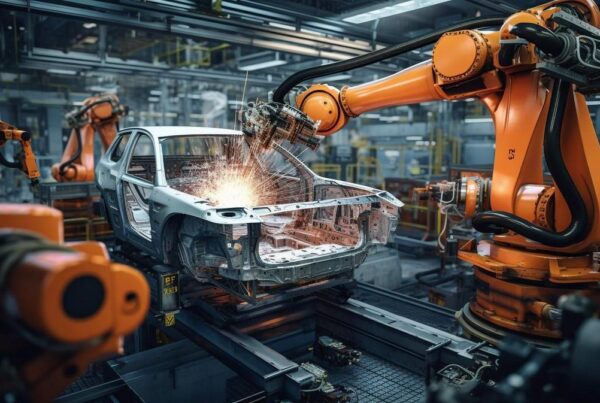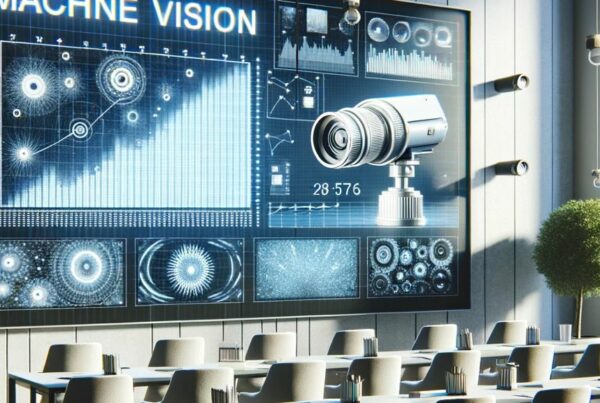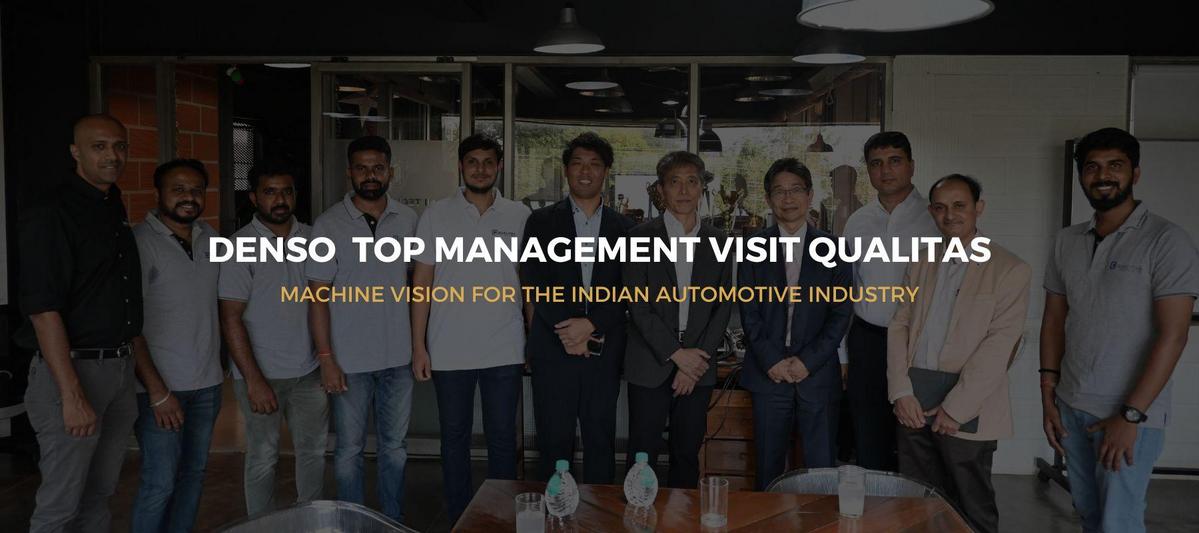
Highlights
- Machine vision, 3D machine vision, computer vision, and Industry 4.0 are transforming quality assurance in the Indian auto industry, notably with companies such as Denso.
- Fusion of AI, deep learning, advanced sensors, and machine vision algorithms results in efficient, accurate, and quick manufacturing processes.
- Vision-guided robotics and collaboration between machine vision and AI ensure improved production efficiency, advanced inspection systems, and safer manufacturing environments.
- Machine vision aids in item positioning, color recognition, and industrial imaging; it’s foreseeably critical in the future of Indian manufacturing despite minor challenges like varying lighting conditions and object perspectives.
- An increase in startups indicates a vibrant market and a promising future for machine vision in the Indian manufacturing sector.
In today’s tech-driven world, automation and precision are soaring to unprecedented heights. This blog unravels the impact of machine vision in India’s automotive sector, particularly in quality assurance and production efficiency.The management team of Denso International recent’s visit to Qualitas Technologies, a frontrunner in industrial vision systems, sets the stage for this insightful journey. Join us as we navigate the realm of machine vision and its transformative role in the automotive industry.
How is Machine Vision Revolutionizing the Automotive Industry in India?
Machine vision is giving the auto industry a boost. As an expert in this industry, I can say that one vital area where it’s making waves is quality assurance. It helps in automating inspection tasks, leading to enhanced defect detection, and improved quality control.
In the sea of machine vision in automotive applications, one instance that stands out is Denso. Denso International, a global heavyweight in the automotive sector, has a strong presence in India. The company relies heavily on industrial vision systems for automated inspection and quality control.
Eminent figures leading Denso’s Indian operations include Yasuhiro Iida as the CEO, Chairman, and Managing Director, and Naveen Verma, who is the VP of Research & Development. We also have Naoyuki Akita who heads Production Innovation. Further, Masaru Bessho, Ramesh Nanda both hold key roles in production and process planning.
One of the highlights of Denso’s foray into machine vision technology was their officials’ visit to our facility at Qualitas Technologies, a leading provider of industrial vision systems. The goal was to see first-hand how these systems could aid them in their production line and improve their overall production efficiency and product quality.
Machine vision acts like an automated ‘eye’ on the production line. It is aiding automakers in ensuring all parts and assemblies meet the strictest quality standards. This aspect is paramount when you have millions of vehicles on the line every year. Effectively, this move is rewriting the playbook for quality assurance in the automotive industry.
Machine vision in manufacturing, in general, and the automotive industry, more specifically, plays a crucial role. Beyond just quality control and defect detection, the applications span across the entirety of the production process. This can include precise dimensional measurement with vision systems, which is critical for automotive components.
Machine vision has proven to be a game-changer. It’s here to stay and will continue to revolutionize the Indian automotive manufacturing sector.
What Technological Innovations are Advancing Machine Vision in Indian Manufacturing?
The wheels of innovation are turning fast in the field of machine vision in Indian manufacturing. A key driver? The fusion of 3D machine vision, computer vision, and Industry 4.0. Together, they create a blend of technology with advanced visual perception, able to interpret the world in three dimensions for automated tasks.
Throw in Artificial Intelligence (AI) and deep learning to this mix and voila! Machine vision technology is not just seeing – it’s perceiving, learning, and making informed decisions! With AI and deep learning, machine vision tech gets smarter, better, and more efficient. In no time, the rapid strides of these game-changing tools will usher in a new era in the industry!
Now, let’s focus on some gadgets – no, not your phones. We’re talking about high-tech machine vision sensors and software. These magical components are keen on detail, fast at processing, and cover a wide range of applications in manufacturing. Be it detection, inspection, measurement, or alignment, they’re up to the task!
You might be thinking – so the machines see and make decisions, but how do they do it? Cue in machine vision algorithms! The digital recipes for image analysis guide machines in understanding what they ‘see.’ With these algorithms, our manufacturing processes are setting foot into the digital age, becoming smarter and more precise.
Turning the spotlight towards vision-guided robotics. No more bumping into obstacles or misplaced components, these robots come equipped with advanced machine vision to navigate, work, and react in real time. With Industry 4.0, they’re the front-line warriors, improving efficiency, productivity, and quality.
Finally, let’s not forget the wonderful bond between machine vision and AI. Their collaboration is key to the advances in machine vision technology, enabling automated workflows, advanced inspection systems, and safer manufacturing environments. It’s safe to say that these innovations hold the promise of a bright future for Indian Manufacturing, leading the transition to Industry 4.0.
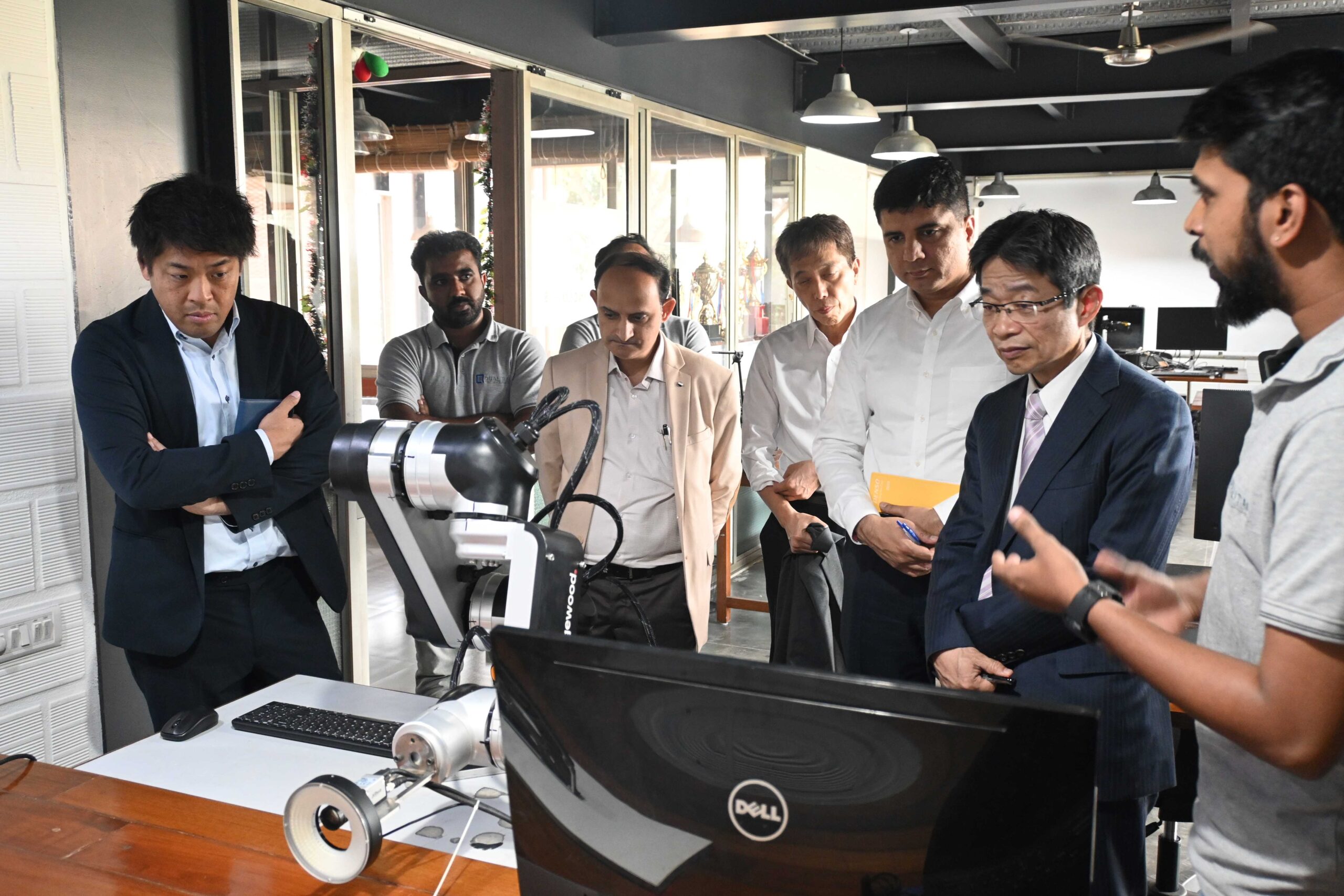
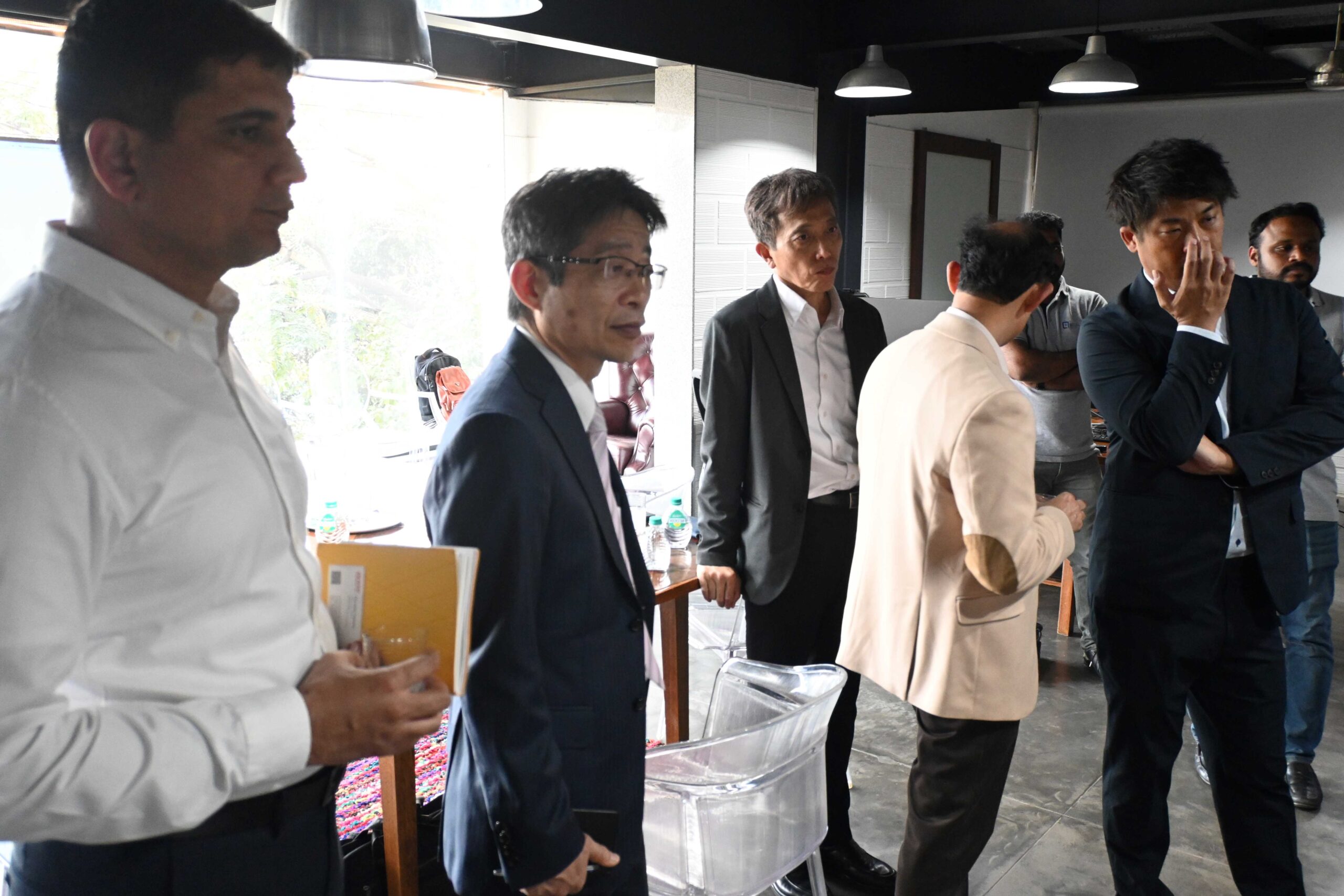
What is the Importance of Machine Vision Solutions in the Future of Indian Manufacturing?
Let’s focus on positioning using machine vision first. It’s a big part of gaining more accurate, efficient, and high-speed operations. With advanced positional algorithms, machine vision cameras can locate and place objects based on their thickness, width, orientation, and even color.
Talking about color, the significance of color recognition in machine vision is profound. Not only does it help in categorizing, sorting, and identifying objects, but it also plays a crucial role in quality control.
What about industrial imaging? This is another aspect of machine vision that simplifies the analysis of a myriad of data. It gives us a detailed view of the operations, helping to eliminate errors, defects, and faults at an early stage.
Now, let’s move towards the future. As the industry moves forward, the introduction of 3D machine vision systems is ready to revolutionize manufacturing in India. These systems help push the boundaries of inspection capabilities by providing three-dimensional analysis for complex tasks.
The essence of these innovations lies in the growing industrial machine vision market in India. The progress in this area shows an increased demand for efficient, precise, and high-speed manufacturing processes. One can’t help but speak on machine vision standards, which play an essential role in maintaining uniformity, compatibility, and ease of use.
But just like any other technology, challenges exist in machine vision applications. Some of these include varying lighting conditions, object orientation, and perspective, plus noise and anomalies in images.
Despite these challenges, the machine vision sector in India is booming. Quoting the Stanford Question Answering Dataset (SQuAD) method, the best company in India offering machine vision solutions would be ambiguous and subjective. Different companies excel at different things, making it a competitive market.
Now, speaking of a competitive market, the startup landscape in machine vision is vibrant in India. A flurry of ventures is popping up, all aiming to make a mark in the domain of machine vision with innovative solutions and applications. They are adding fresh perspectives to this field and catalyzing its growth. The future of the Indian manufacturing sector looks promising with these advancements, don’t you think?
Conclusion
Machine vision has quickly become a game-changer in India’s automotive and manufacturing sectors. We’ve chatted about how it’s reshaping practices with more accurate defect detection and advancing with technological innovation. The future is exciting! Our next step is navigating this new landscape with clear vision—pun intended. Keep on leveraging these toolsets for quality assurance and ride the wave of Industry 4.0. Happy innovating!

